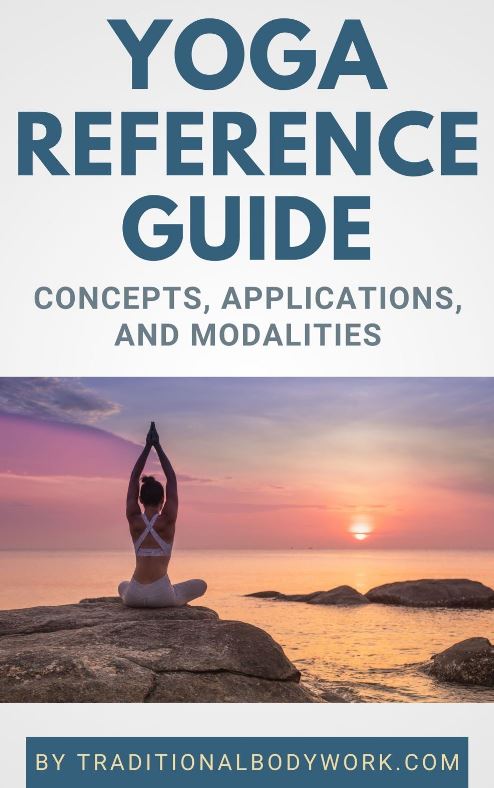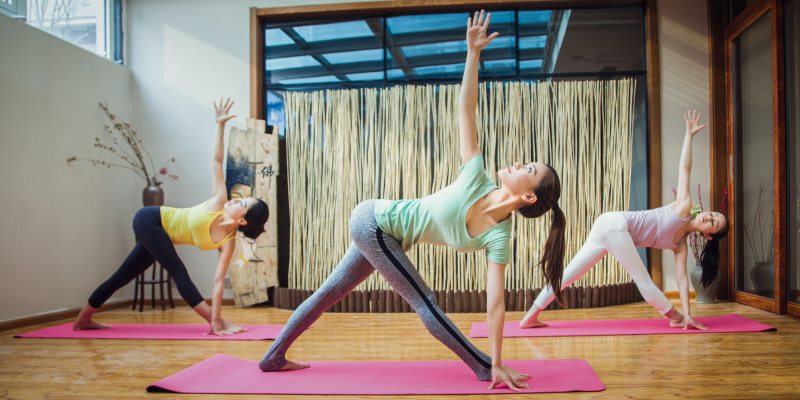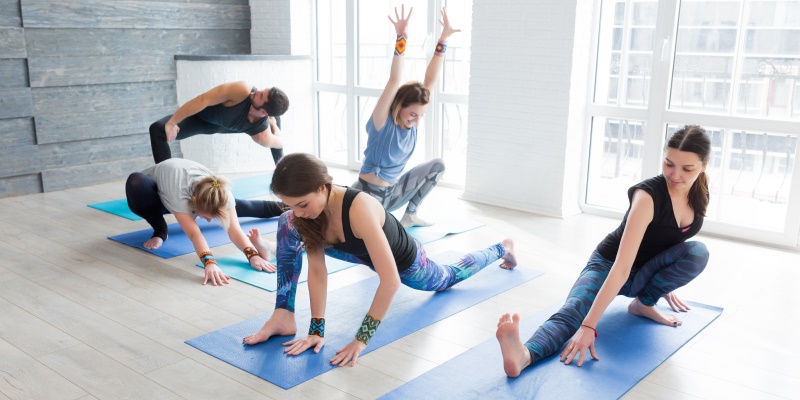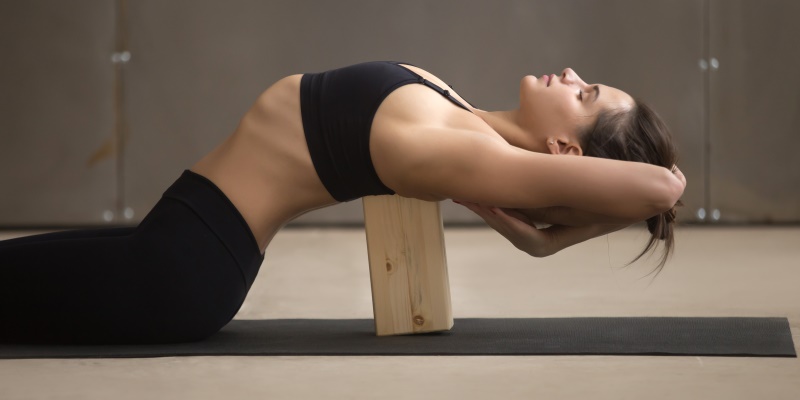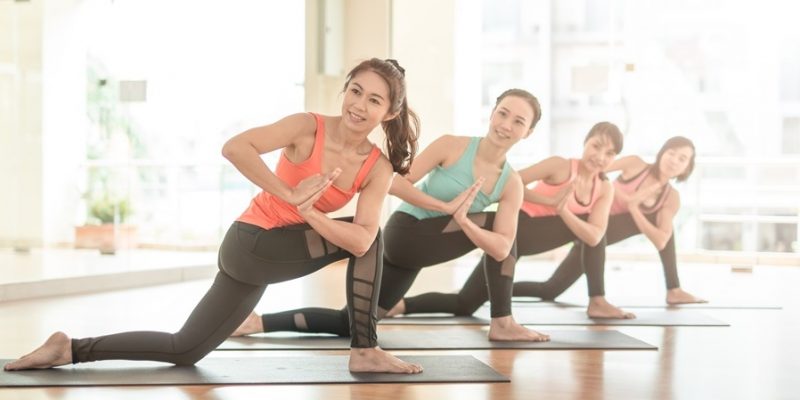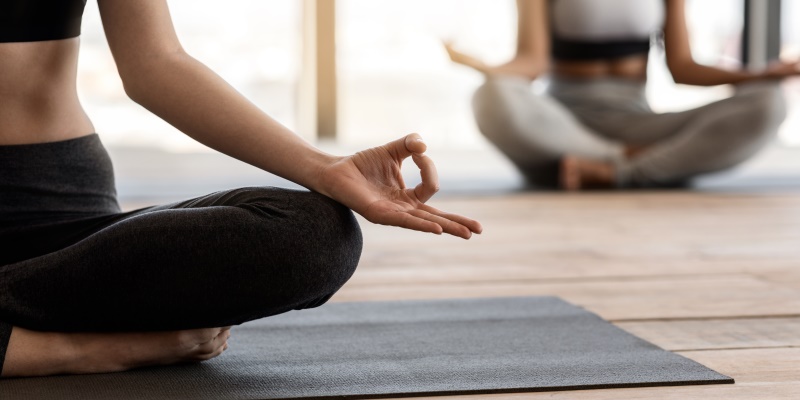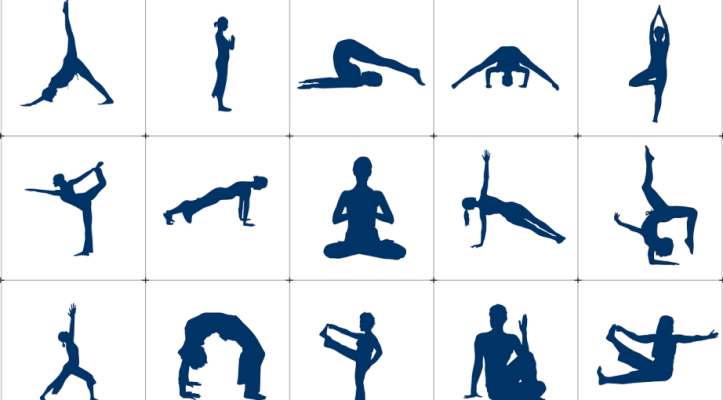
Do you feel like you’re constantly under pressure? Do you feel like you can’t get away from your work or your to-do list no matter how hard you try? If so, yoga may be the answer for you. Yoga is a great way to strengthen both the body and mind, and it can help reduce stress levels. In this blog post, we’ll discuss how yoga can help improve strength and mindfulness. We’ll also provide a few tips on how to get started with yoga!
What is yoga and what are the benefits of practicing it regularly?
Yoga is a physical, mental, and spiritual practice that originated in India. It’s from the Sanskrit root word “yuj,” which means “to yoke” or “to bind.” Yoga is often practiced with the goal of achieving union with the divine. There are many different styles of yoga, but all share the same fundamental principles.
These principles include the practice of mindfulness, breathing exercises, and physical postures (asanas). Regular yoga practice can offer numerous benefits, including improved flexibility, strength, and concentration; a decrease in stress levels; and an overall sense of well-being.
In addition, yoga can help to improve sleep quality and boost energy levels. For these reasons, yoga is an excellent addition to any fitness routine.
The different types of yoga and how they can help improve strength, flexibility, and mindfulness
There are many different types of yoga, and each one can offer different benefits. For example, some types of yoga focus on improving strength, while others focus on increasing flexibility. There are also types of yoga that focus on mindfulness and relaxation. No matter what your goals are, there’s a type of yoga that can help you to achieve them.
If you’re looking to improve your strength, then Ashtanga or Power Yoga may be the right choice for you. These types of yoga focus on building muscle, and you can expect to see results after just a few classes.
If you’re looking to increase your flexibility, then Hatha or Iyengar Yoga may be a better choice. These types of yoga focus on slowly stretching the muscles, and you’ll likely see results after a few weeks of consistent practice.
Finally, if you’re looking to improve your mindfulness and relaxation, then Yin or Kundalini Yoga may be the best option. These types of yoga involve holding poses for long periods of time, and they can be very calming and meditative.
How to get started with your own yoga practice, even if you’re a beginner
Interested in trying yoga but not sure where to start? Practice at home with these beginner tips.
First, find a comfortable place to practice. You’ll want a space that’s quiet and free from distractions. If you have a mat, put it down on a firm surface. If you don’t have a mat, you can practice on a towel or blanket.
Next, choose a time of day when you can practice consistently. Morning is often the best time for practice, but picking a time that works for your schedule is most important. Set an alarm or timer so that you don’t have to worry about watching the clock.
Then, start with some basic stretches. Take a few deep breaths and focus on lengthening your spine. Then, slowly move into some gentle twists and forward bends. Don’t push your body beyond its limits – just let yourself flow with the breath.
Finally, end with some restorative poses or meditation. This will help you to relax and feel centered before beginning your day. Remember, there is no “right” way to do yoga – just breathe and let your body move however it wants to.
The importance of breathwork in yoga and how it can help to focus the mind
Breathwork is an essential part of yoga and helps to focus the mind. The act of inhaling and exhaling deeply combined with specific breathing techniques helps to calm and center the mind. This, in turn, allows the practitioner to be more present in the moment and better able to focus on the physical practice of yoga.
Breathwork also has some physiological benefits, such as increasing oxygen flow to the brain and helping to release tension from the muscles. For these reasons, it’s important to dedicate some time to breath work at the beginning of each yoga session. With regular practice, you’ll notice a difference in your overall well-being and your ability to focus during both your yoga practice and in your daily life.
Tips for maintaining a consistent yoga practice and overcoming any challenges that may come up
Maintaining a consistent yoga practice can be challenging, especially if you’re new to the discipline. However, there are a few things you can do to help make it easier.
First, set realistic goals for yourself and be patient as you progress. It takes time to develop strength and flexibility, so don’t be discouraged if you can’t do everything at first. Second, find a class or teacher that you feel comfortable with and stick with it.
Trying new things is great, but it’s also important to have some stability in your practice. Finally, be mindful of your body and listen to what it needs. If you’re feeling sore or tired, take a break or modify your practice accordingly. By following these tips, you can overcome any obstacles that come up and maintain a consistent yoga practice.
The benefits of combining yoga with other forms of exercise for a more well-rounded fitness routine
Over the past few years, yoga has become increasingly popular as a form of exercise. Many people appreciate the mind-body connection that yoga fosters, as well as the low-impact nature of the practice.
However, some experts believe that yoga should not be the only form of exercise that people rely on for their fitness needs. Instead, they recommend combining yoga with other forms of exercise, such as weightlifting, or using self powered treadmills for running to create a more well-rounded routine.
There are several reasons for this recommendation. First, different types of exercise provide different benefits. For example, while yoga can help to improve flexibility and balance, it does not provide the same cardiovascular benefits as running or other aerobic activities.
Second, variety is important in order to avoid boredom and maintain motivation. Doing the same type of exercise day after day can quickly become tedious, but mixing things up can help you stay engaged and excited about your fitness routine.
Finally, combining different types of exercise can help you to avoid injury. Overdoing it with one type of activity may lead to strain or wear and tear on your body, but rotating between different activities can help to reduce your risk of injury.
So, if you’re looking to create a more well-rounded fitness routine, consider adding some yoga to the mix. By doing so, you can reap the benefits of both yoga and other forms of exercise, and create a routine that you can stick with for the long run.




